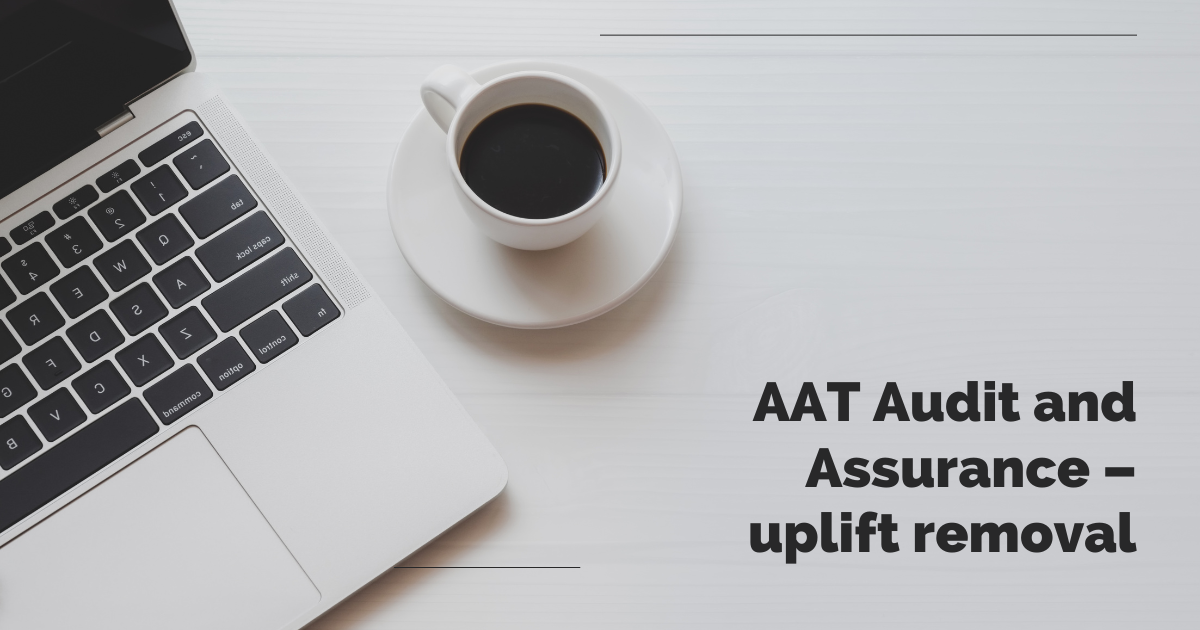The Audit and Assurance assessment has been so challenging that it warranted a 10-mark uplift to help students. On Monday, 16 September, the uplift will be removed, and a new version of the assessment will take its place. Naturally, this raises the question: will the new version be easier?
The two new practice assessments have been released on the AAT Learning Portal, and these indicate the following improvements to the assessments:
Fewer written marks
In the new version, 30% of the marks will be from written tasks, compared to 42% in the previous version. We know that students often struggle with the written tasks, so this is welcome news.
Clearer written requirements
It is easier to understand what the questions are asking you to write in the new version.
For example, there is a question in the practice assessment asking you to explain three tests of control and it explicitly says: “include the objective of each test.” It wasn’t always clear that you needed to do this in the previous version.
There is another question about identifying audit risks and it gives an additional hint: “Perform preliminary analytical procedures to help you to identify audit risks.” Again, it wasn’t always clear that you needed to do this in the previous version.
Lower level command verbs
In the previous version of the practice assessments, the written questions included some higher level command verbs such as “discuss” which required you to write 4-marks worth of response for each point. In the new version, lower level verbs are used such as “explain” and “describe” which only require a maximum of 2-marks worth of response per relevant point.
The FI Podcast – ‘You Took the Verbs Right Out of My Mouth – Understanding Exam Questions‘
Simpler mark schemes
The new assessments will no longer use banded mark schemes. These added an extra layer of complexity to how the marks were awarded so we welcome this decision. It is now much more straightforward to understand that each relevant point you make will be awarded a mark.
Our advice
Whilst it is a shame to say goodbye to the 10-mark uplift, it was always intended to be temporary while the necessary improvements were made to this assessment, and all the signs indicate that it is being replaced by a much nicer assessment.
Should you rush to sit your assessment before the uplift is removed? In our opinion, the improvements to the assessment are on a par with the mark uplift, so it shouldn’t make much difference. Sit your assessment when you feel ready to.
For help or advice on your studies, please get in touch with us today.
Did you know about our YouTube channel?
Register for our weekly student webinar.
For more news and exclusive tips from First Intuition, visit FI Hub.
